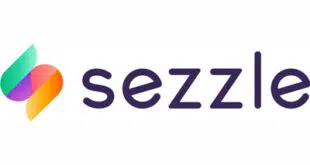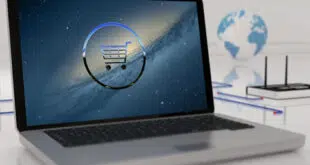A concept that would do away with paper checks while retaining their payment advantages took a step closer to fruition this week with the introduction of a mobile app that lets users create and send check images.
The app, called Mobile Checkbook, works with Apple Inc. iOS devices and comes from VerifyValid LLC, a 4-year-old company based in Grand Rapids, Mich. The product makes it easier for consumers to access an existing service currently used mostly by businesses. With the app, a user can create a check image and email a link to it to the payee, who can retrieve it and print it out. Recipients can deposit the printout or turn it back into an image using their bank’s remote-capture app. They can also leave the image as is and request that VerifyValid deposit the item for them.
“We give our customers essentially the ability to send checks over the Internet,” Paul Doyle, founder and chief executive of VerifyValid, tells Digital Transactions News. That appeals to businesses because it transfers the costs of printing checks to the recipient while eliminating postage. Clients save about $1 per check as a result, even after paying VerifyValid’s fee, Doyle says. At the same time, the system retains one of the greatest advantages of checks—ubiquity. “I can make a payment to pretty much anyone,” Doyle says.
VerifyValid also manages fraud by reducing the potential for counterfeit and duplicate items, Doyle says. This service relies on a form of “integrated positive pay” in which banks of first deposit can check incoming deposits against checks created, he says. “For a given routing and transit number, account number, and check number, there should be one and only one item,” he notes, adding that catching fraud at the bank of first deposit allows banks to stop them before fraudsters walk away with funds.
Traditional positive pay, in which paying banks compare incoming checks to lists of checks written by commercial customers, “is used by 80% of commercial businesses, so why does check fraud persist? The answer is, it’s too late, it’s performed at the paying bank and the fraudster is gone with the money,” Doyle says, adding that his company got into check technology in the first place via work it was doing on fraud prevention.
VerifyValid charges 50 cents per check, a price deliberately set to roughly equal the cost of a first-class stamp, Doyle says. Businesses that use the company to make deposits via remote capture pay fees on a sliding volume scale that starts at $10 for 25 deposits.
Now, with the new app in the market, the company hopes to expand its business with consumers, which currently accounts for 10% of its revenue. For consumers, the app could answer a growing demand for faster payments combined with the ability to pay anyone. With image exchange now commonplace among banks, settlement can occur the same day as the deposit. “We’re in a fascinating and exciting time of change,” says Doyle.
Some observers see the new service as a stepping stone to something called an electronic payment order. This is a check that never exists on paper, but rather is created, deposited, and processed only as an image. Ideally, people could create and send these EPOs to one another or to merchants via mobile devices. The Federal Reserve Board released a white paper on the subject in 2009, and it has captured the imagination of a number of payments experts since then.
VerifyValid says its service doesn’t create true EPOs, since checks are either converted into paper for deposit or handled through remote capture. But the company may be very nearly unique in approaching the EPO idea. “VerifyValid appears to occupy a lonely spot,” says Bob Meara, a senior analyst at researcher Celent LLC, via email. Meara follows remote capture and the automated clearing house.
Still, there could be roadblocks along the way, Meara warns. “VerifyValid appears to have solved for the fraud/duplicate presentment problem. I wonder if they have solved for the demand problem?” he asks. “Will consumers adopt a standalone app to create a payment mechanism like this? Not without some serious (and expensive) buzz. I like it, but think it will see adoption in [business-to-business] applications, with or without the app.”





